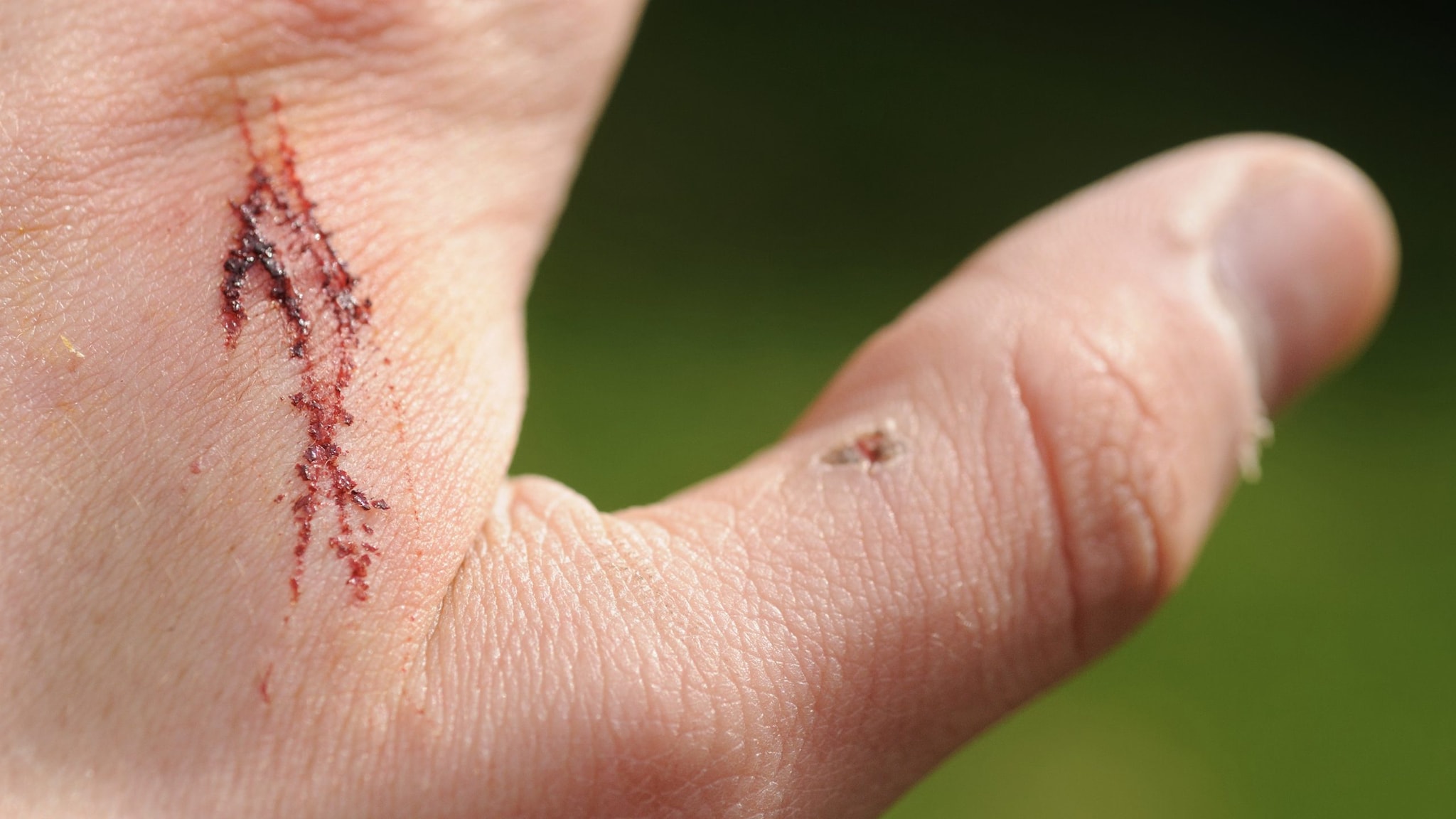Key points
- Balamuthia amebas live in soil and water around the world.
- They can get into your body through wounds, or when dust containing them gets into your lungs.
- The amebas can cause granulomatous amebic encephalitis (GAE), a brain infection which is nearly always fatal.

Causes
CDC first discovered Balamuthia mandrillaris in 1986 in the brain of a dead mandrill, a kind of monkey. The ameba was identified as a new species of ameba in 1993.
Balamuthia amebas are thought to enter the body when soil containing them comes in contact with skin wounds and cuts, or when dust containing Balamuthia is breathed into the lungs. Once inside the body, the amebas can travel to the brain and cause the nearly always fatal disease GAE.
An open wound that comes into contact with dirt or soil may increase your risk of a Balamuthia infection. Gardening, playing in the dirt, or breathing in soil may also increase your risk.
Balamuthia can infect anyone, including healthy people. Some people in the United States who have been infected have had weakened immune systems caused by:
- Diabetes
- HIV/AIDS
- Immunosuppressive drug
- Cancer
- Solid organ transplantation
At least three organ donors in the United States died from Balamuthia infections and spread the infections to the people who received their donated organs.
In the United States, Balamuthia infections are more common among Hispanic Americans. The cause of the trend is unknown and might be due to differences in exposure, biology, data collection, or other reasons. More research is needed to understand what factors are at play.
- Balamuthia mandrillaris Transmitted Through Organ Transplantation --- Mississippi, 2009 (cdc.gov)
- Notes from the Field: Transplant-Transmitted Balamuthia mandrillaris --- Arizona, 2010 (cdc.gov)
- Transmission of Balamuthia mandrillaris Through Solid Organ Transplantation: Utility of Organ Recipient Serology to Guide Clinical Management - American Journal of Transplantation (amjtransplant.org)
- Transmission of Balamuthia mandrillaris by Organ Transplantation | Clinical Infectious Diseases | Oxford Academic (oup.com)
